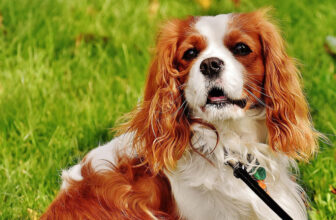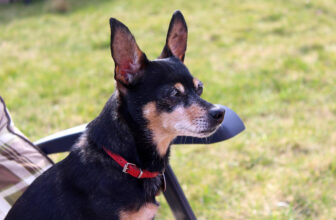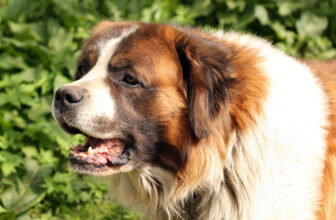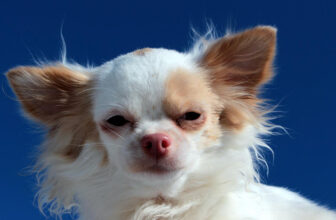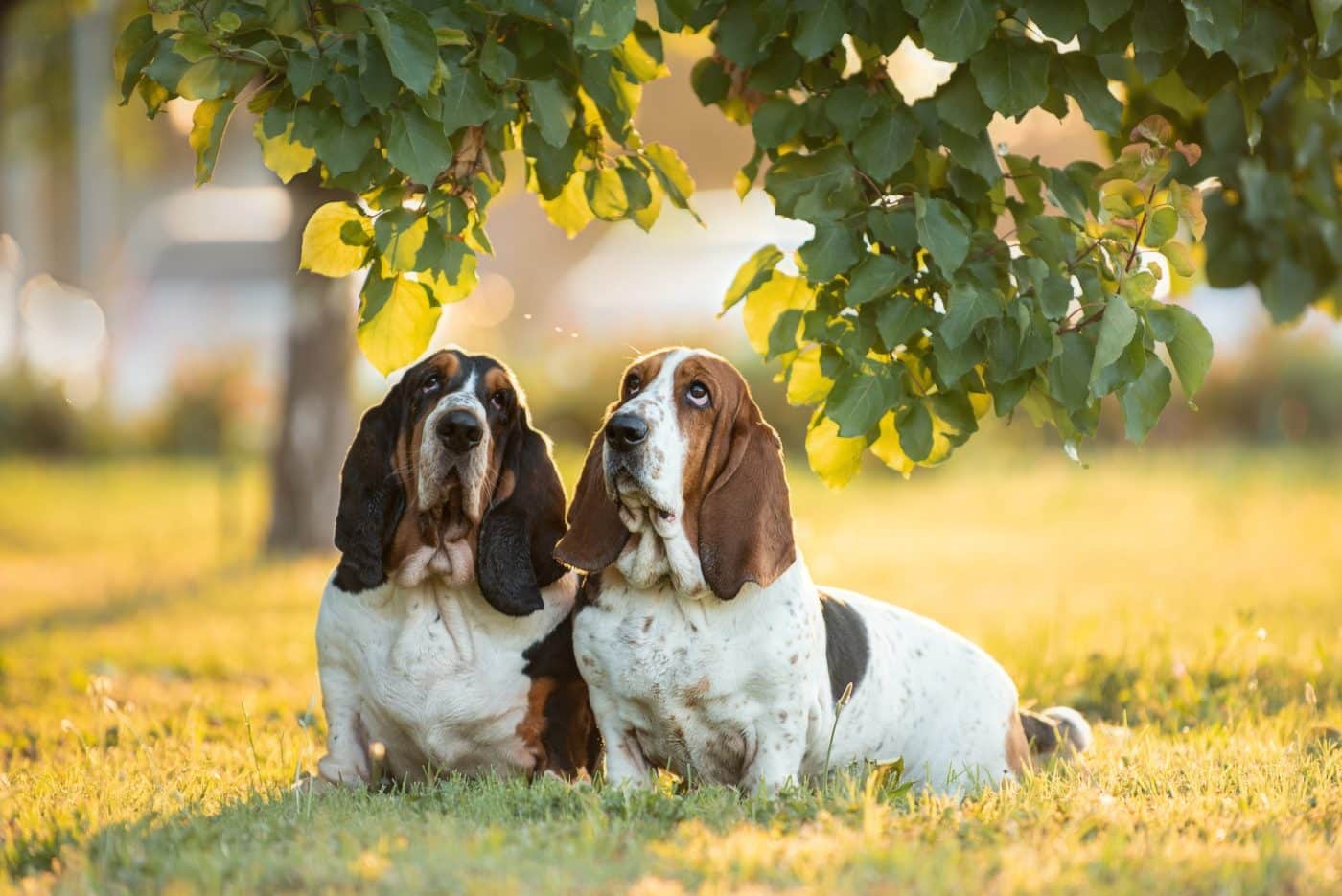
Check out our latest products
Shutterstock
Long before there were laminated chore charts, star stickers, and colorful to-do lists hanging on the fridge, there were loyal, messy, hungry, energetic dogs that unknowingly trained generations of kids in the fine art of responsibility. These pups didn’t just keep kids entertained; they demanded feeding schedules, regular brushing, poop-scooping dedication, and patient walks that tested every ounce of a child’s self-control. And in return, kids learned lessons that no adult lecturer ever managed to teach. From early wake-up calls to emotional support sessions, these 15 dog breeds turned thousands of children into responsible, reliable, and slightly fur-covered human beings.
Beagle

Shutterstock
Beagles are bundles of nose-powered chaos, and raising one is like having a living, breathing responsibility coach. With their stubborn streaks and endless curiosity, kids quickly learn you can’t let your Beagle off-leash unless you’re ready to chase it across the neighborhood. Beagles also need routine—walks, playtime, and food at the same time every day—to give kids a crash course in consistency. Plus, their soulful eyes can guilt-trip a child into brushing out the burrs they collected on their last backyard adventure. Beagles ensure kids stay on their toes, and honestly, a Beagle probably invented the phrase “It builds character.”
Labrador Retriever

Shutterstock
Labs are basically big-hearted energy factories that require equal parts love and responsibility. They’ll happily play fetch until your arm gives out, but they expect to be fed on time, walk regularly, and not be left alone with their shoes. Their shedding alone makes a kid pick up a vacuum and learn the fine art of de-furring the couch. Labs also teach emotional intelligence—when a kid’s upset, that giant yellow or black goofball will flop into their lap and remind them it’s okay to cry. Then, once the tears are dry, it’s back to responsibility: time to clean the water bowl again.
Border Collie

Shutterstock
Border Collies are whip-smart and laser-focused, but they will also not train themselves. Owning one teaches kids the importance of mental stimulation—because if you don’t give a Border Collie something to do, they’ll do their own project, usually involving your socks. Kids who grow up with Border Collies learn to plan activities, engage consistently, and follow through with commands. Whether it’s learning agility tricks or building obstacle courses in the backyard, children pick up lessons in patience, leadership, and task management. Also, you’ll never forget to close the gate again after a Border Collie escapes once.
Golden Retriever
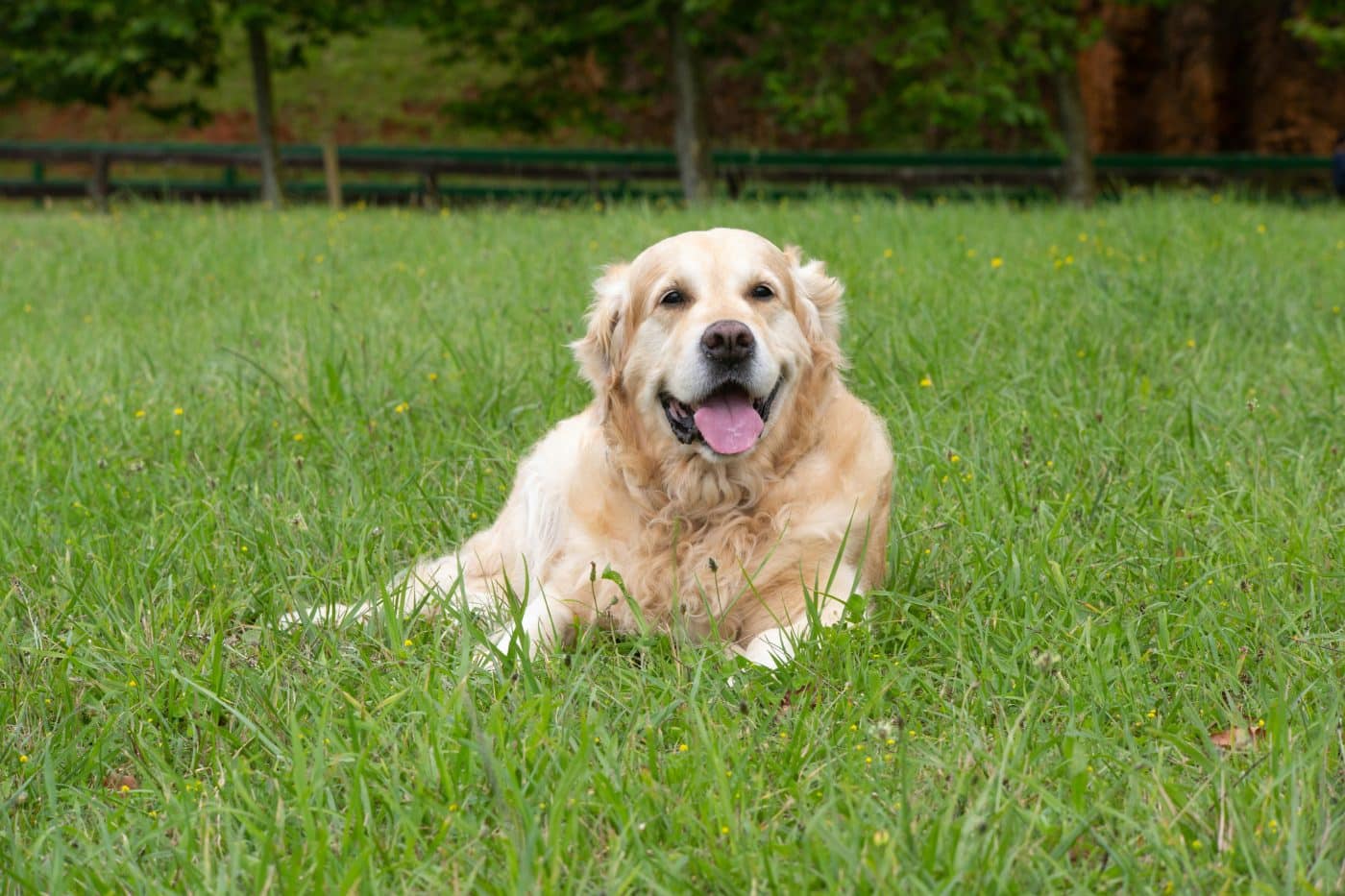
Shutterstock
Golden Retrievers are the golden children of the dog world, kind, patient, and basically fluffy life coaches. But don’t be fooled—beneath that sweet demeanor is a dog that needs grooming, exercise, and plenty of attention. Goldens shed like it’s their part-time job, giving kids a real reason to pick up a brush regularly. They’re also incredibly empathetic, helping young ones understand emotional needs beyond their own. Caring for a Golden is like babysitting a friend who loves tennis balls and expects dinner at 6:00 sharp.
Dachshund

Shutterstock
Dachshunds may be small, but they pack a lot of sass into their sausage-shaped bodies. Kids who grow up with these little hounds quickly learn how to manage bold personalities with a touch of humor and a lot of patience. Dachshunds are prone to back problems, so children are often taught to handle them carefully—lifting them properly and avoiding rough play. Feeding schedules, regular potty breaks, and gentle exercise become daily reminders that responsibility doesn’t always come in big packages. Plus, a Dachshund will absolutely let you know if you forget something—it’s like being scolded by a tiny, furry manager.
Boxer
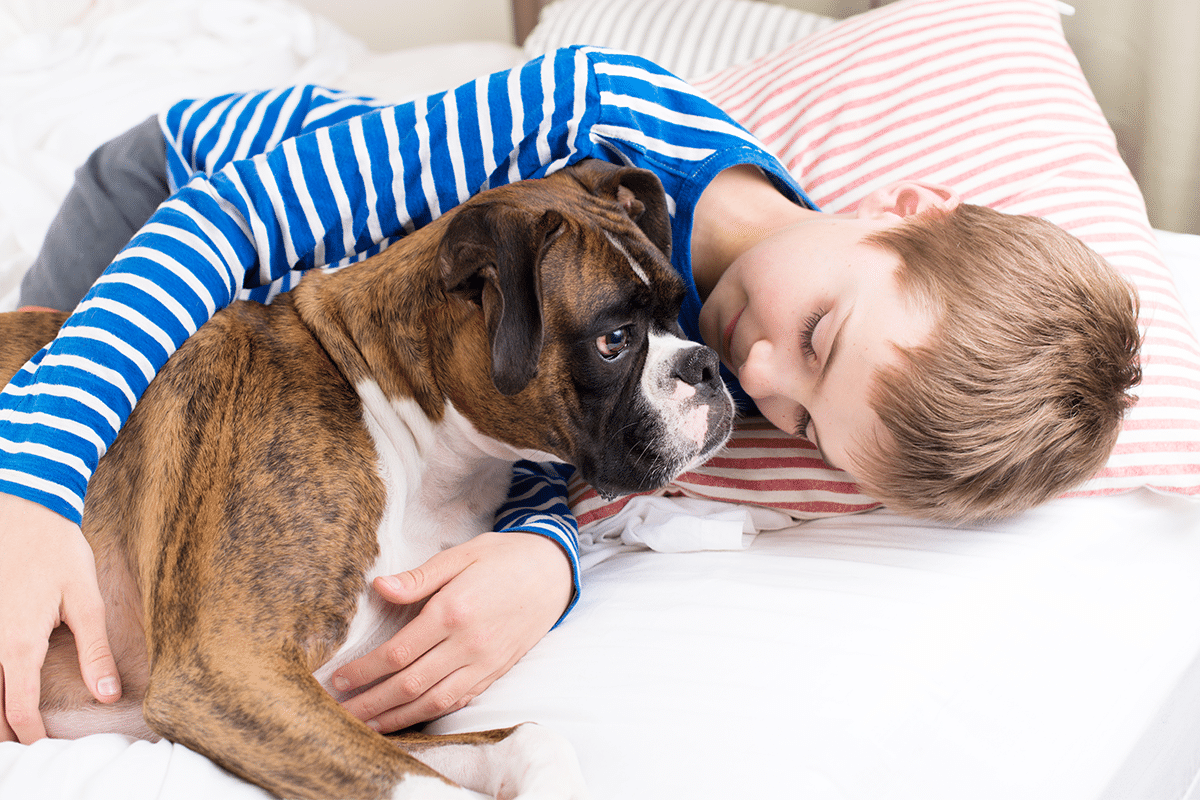
Shutterstock
Boxers are high-energy, expressive clowns who live for play and attention. They require regular exercise to prevent them from becoming oversized wrecking balls in the living room, and that’s where the kids come in. Playing with a Boxer isn’t optional—it’s a cardio requirement. Kids also learn to recognize and manage emotions as Boxers wear their feelings on their faces. With their protective instincts and affectionate nature, Boxers also teach children about loyalty and how to care for someone who might body-slam them with love during a zoomie attack.
Cocker Spaniel
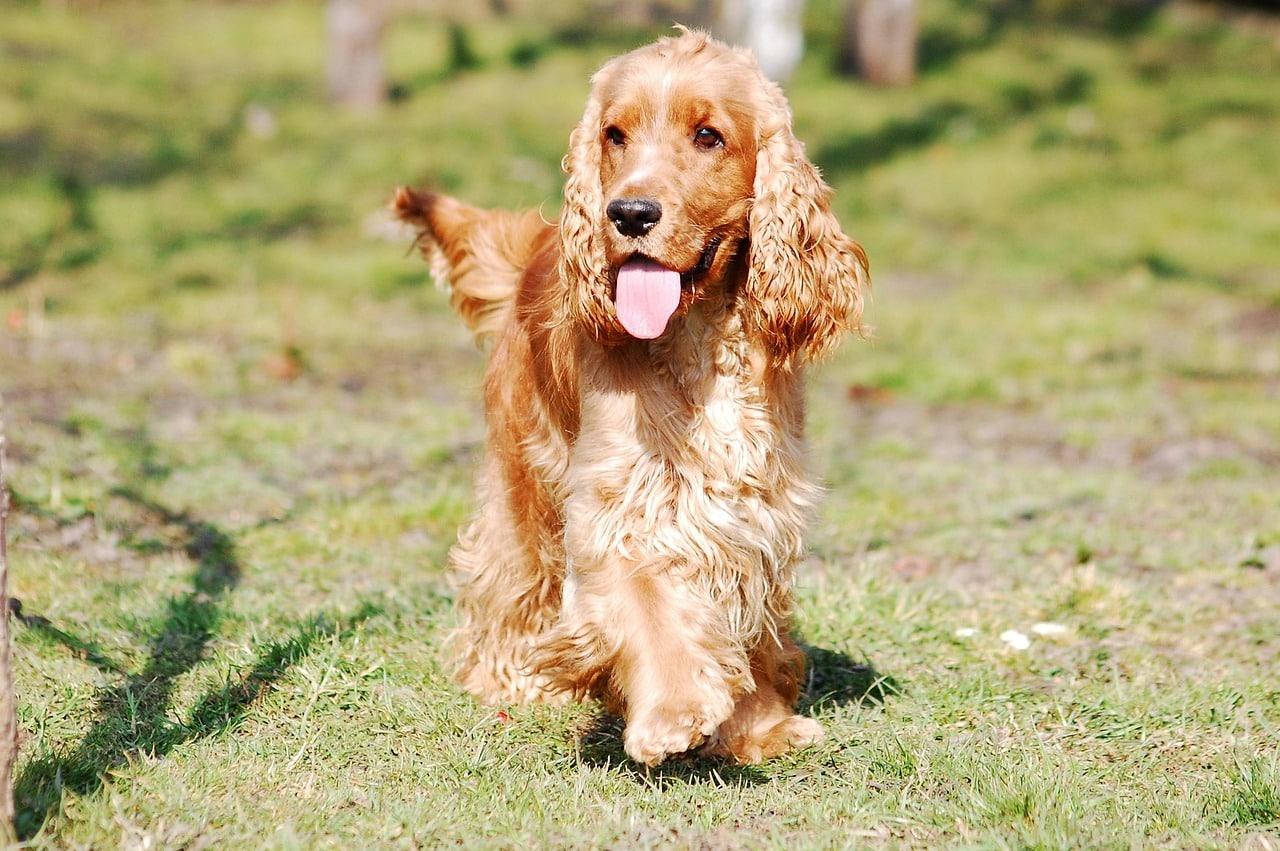
Shutterstock
Cocker Spaniels come with silky fur, soulful eyes, and a long list of grooming duties. From daily brushing to ear cleaning, kids who grow up with a Cocker quickly become fluent in “spa day maintenance.” They’re affectionate and gentle but require consistent training to keep their eager-to-please personalities from spiraling into stubbornness. Kids learn that affection goes hand-in-hand with effort and that brushing knots out of a spaniel’s ears is one of life’s more delicate responsibilities. Also, those eyes? They’ll guilt-trip you harder than any disappointed parent.
Australian Shepherd
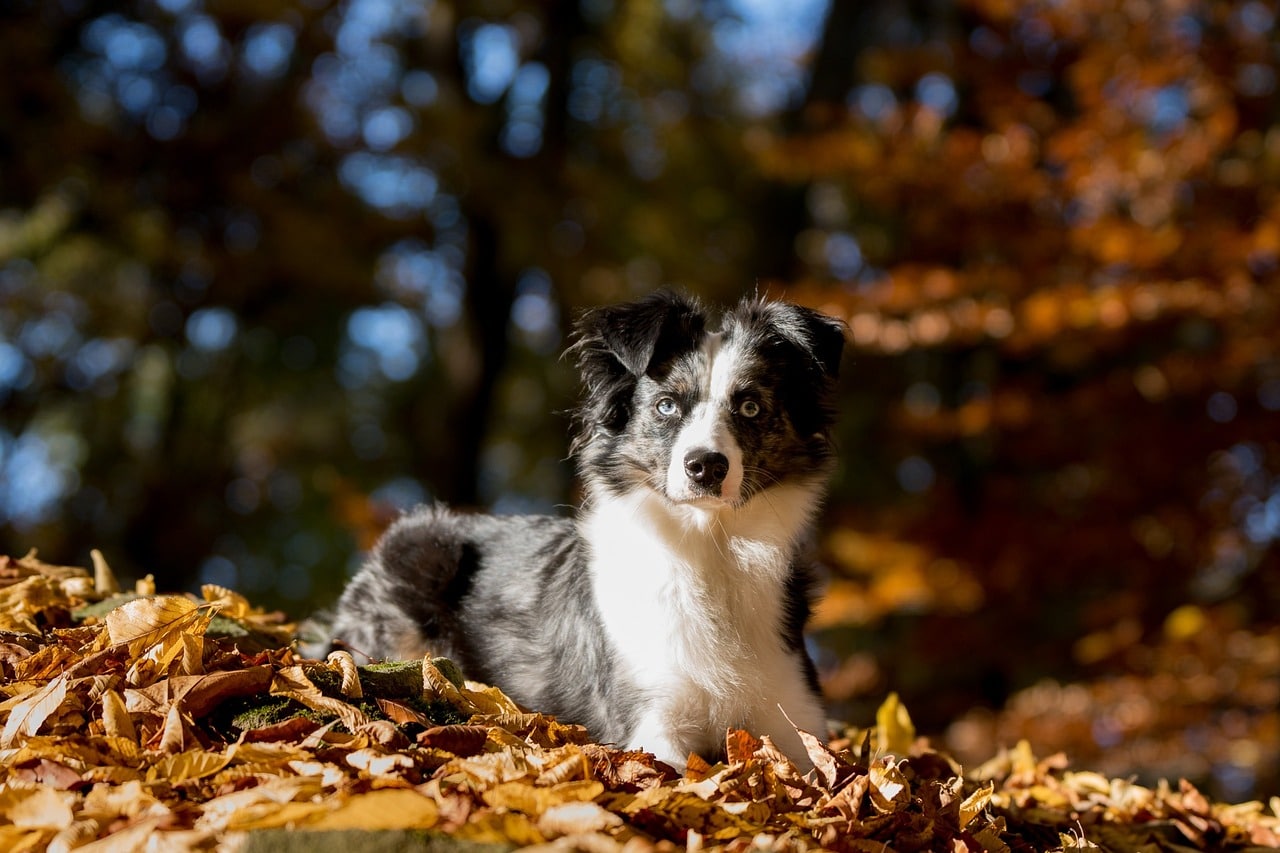
Shutterstock
Aussies are furry bundles of brains and energy, which means owning one is like getting a canine personal trainer. Kids who care for Australian Shepherds learn quickly that physical and mental exercise are musts—whether it’s frisbee, fetch, or learning the names of all their toys. Aussies thrive on consistency and will absolutely call out your child’s laziness with a piercing stare and an annoying boop to the knee. The payoff? A lifelong lesson in planning, follow-through, and time management—plus a dog that knows how to open the fridge if ignored too long.
Saint Bernard

Shutterstock
Raising a Saint Bernard is like parenting a drooly, shaggy tank that thinks it’s a lapdog. These gentle giants require a LOT of care—regular grooming, space management, and mopping up puddles that aren’t from water bowls. Kids with Saint Bernards learn how to accommodate others, be mindful of physical needs, and manage big responsibilities—literally. There’s no pretending this dog is low-maintenance, and that’s exactly why it teaches accountability so well. Bonus lesson: always check before sitting down, or you’ll find yourself sharing the couch with 150 pounds of fluff.
Shih Tzu

Shutterstock
Shih Tzus are like living plush toys, but don’t be fooled—they’re a full-time grooming project wrapped in cuteness. Their long coats require daily brushing unless you’re going full teddy bear cut, and even then, they demand attention and affection on a strict schedule. Kids learn grooming, patience, and being gentle with smaller animals. And if the brushing is skipped? The snarls and stink remind everyone that fluffiness comes with responsibility. It’s like having a fancy doll that breathes, sheds, and judges you.
German Shepherd

Shutterstock
A working breed through and through, German Shepherds are all about routine, training, and purpose. Kids who raise one learn quickly about consistency, confidence, and leadership—because this breed isn’t interested in chaos or weak commands. They want guidance, structure, and a job to do. Whether fetching the paper or learning tricks, a Shepherd helps kids become confident, reliable, and alert to others’ needs. Nothing boosts a child’s self-esteem like knowing a German Shepherd has their back.
Newfoundland
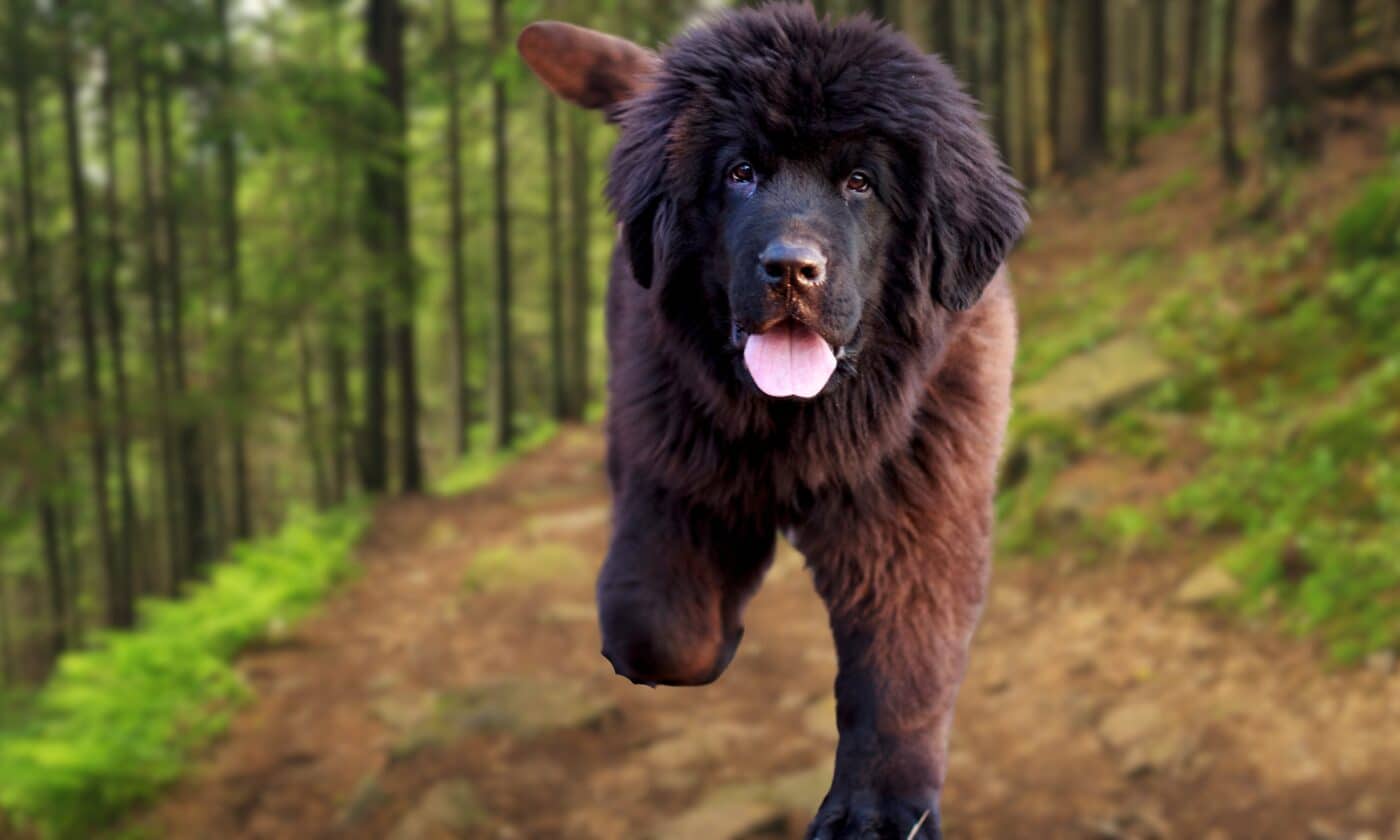
Shutterstock
Newfoundlands are known as gentle giants and natural babysitters but don’t mistake them for low-effort pets. They shed. They drool. They require regular grooming and lots of space. However, they also form incredibly strong bonds with children, which makes kids step up as caregivers in return. Feeding, cleaning, walking—everything becomes more important when your dog acts like your big furry protector. Plus, you’ll never forget the first time your kid realized they could ride the dog like a pony, and the dog just… let it happen.
Shetland Sheepdog

Shutterstock
Often called “miniature Lassies,” Shelties are smart, sensitive, and require regular grooming and engagement. Kids quickly learn that with great fluff comes great responsibility. They also need mental stimulation, so training, games, and trick-teaching become everyday activities. Shelties are incredibly tuned in to their humans, so kids also pick up emotional awareness. They’re like your dog-sized life coach—furry, fluffy, and very opinionated.
Basset Hound
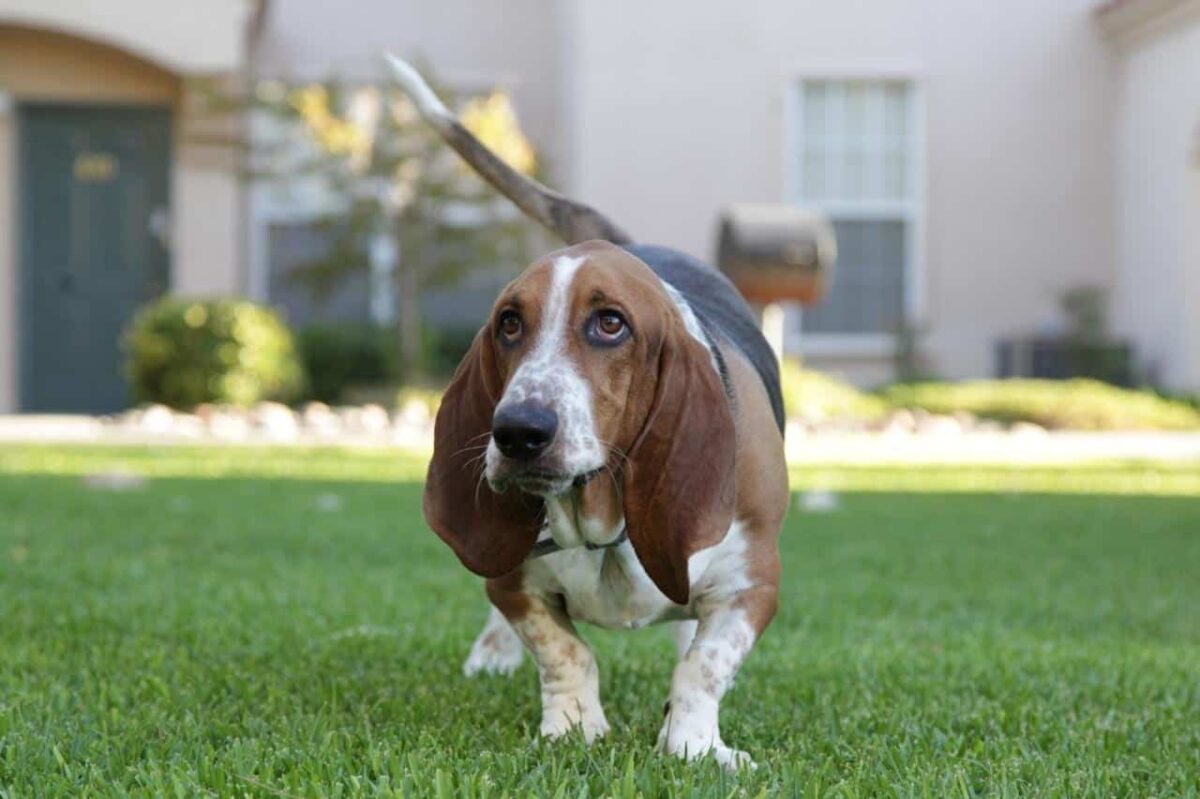
Shutterstock
With ears that drag on the ground and eyes that seem constantly disappointed in your choices, Basset Hounds may not look demanding—but raising one is a lesson in perseverance. These dogs are stubborn, messy, and smell like the carpet after a rainstorm if not bathed regularly. Kids learn patience and cleaning skills, especially when getting peanut butter off those enormous ears. But they’re also sweet, loyal, and comedic reminders that love is about accepting the mess with the magic.
Great Dane

Shutterstock
Having a Great Dane is like living with a pony that thinks it’s a lapdog. They require space, consistent care, and a lot of food—which means kids learn quickly how to manage schedules, budgets (those food bills!), and cleanup. These gentle giants also teach awareness of personal space and how to move carefully around something the size of a dining table that might fall asleep mid-walk. They’re kind and tolerant and make even the most distracted child learn how to pay attention—or risk being steamrolled by a tail.
The Pups Who Schooled Kids Before the Schedules Did

Shutterstock
Long before planners, sticker charts, and motivational magnets took over family routines, these dog breeds were quietly molding kids into responsible, caring humans—one muddy pawprint at a time. These pups weren’t just pets but full-time patience trainers, chore motivators, and fluffy little accountability buddies. From feeding schedules to poop scooping, they instilled life lessons that no school worksheet could. And while chore charts might disappear behind the fridge, the habits, empathy, and love built with these dogs last forever—along with the fur they left on every hoodie and heart.







![[5G & 2.4G] 2K Indoor Security Camera for Home Security, AI Voice Change for 2-Way Talk, Motion Detection, Night Vision, 24/7 SD Recording/Cloud Storage, WiFi Home Camera, Pet Cam with Phone App](https://i3.wp.com/m.media-amazon.com/images/I/61I2U+sTT3L._AC_SL1500_.jpg?w=300&resize=300,300&ssl=1)


